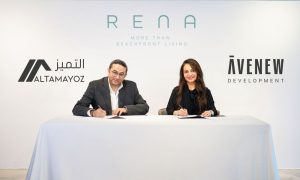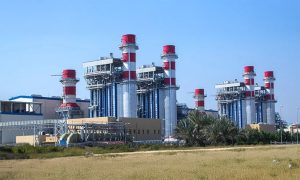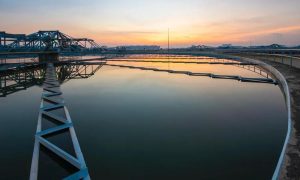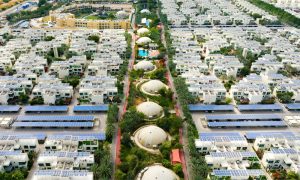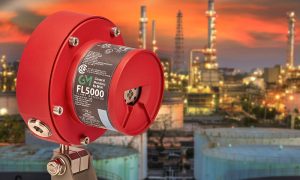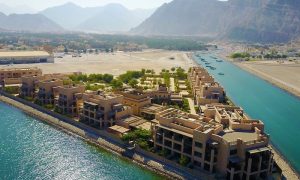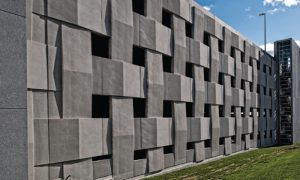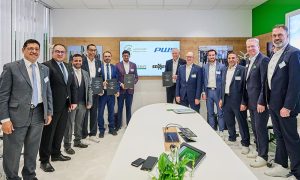How to make green money
Those that don’t recognise the business benefits of green construction are missing out, says University of Wollongong in Dubai director of Engineering Management Dr Kamal Jaafar Currently the UAE has the highest ecological footprint per person in the world (11.9 global hectares per person) due to carbon-dioxide emissions, water extraction and desalination. The UAE construction […]
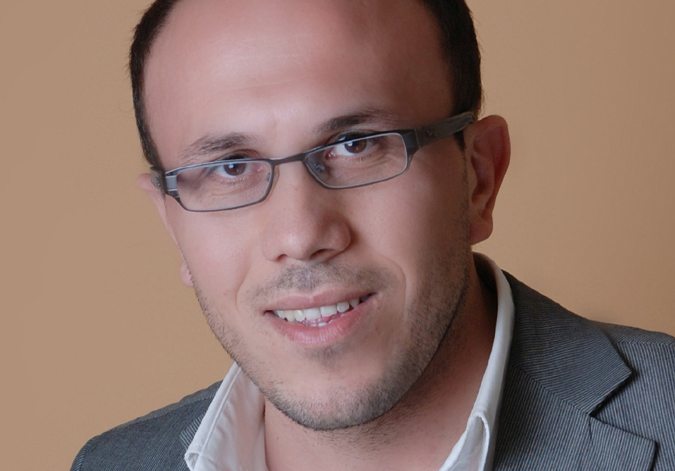
Those that don’t recognise the business benefits of green construction are missing out, says University of Wollongong in Dubai director of Engineering Management Dr Kamal Jaafar
Currently the UAE has the highest ecological footprint per person in the world (11.9 global hectares per person) due to carbon-dioxide emissions, water extraction and desalination.
The UAE construction industry is coming under the particular scrutiny of government, the consumer and environmentalists. This will affect every stage of the construction process, from planning and design to assembly, operation and disposal, and it will affect all members of the industry, from small building firms to large construction companies.
Until recently, the challenge of sustainability has not been fully understood nor taken up by the industry. A lack of long-term perspective, resistance from the public to the idea of buildings having a different appearance and function, and ambiguities in the idea of sustainable development have all caused suspicion.
There has been a lack of transparency and cooperation within the industry, not to mention a failure to realise the potential benefits at stake, which has led to the view of sustainability as another policy-driven burden. In fact, sustainable development is not just another social or environmental policy; it is a business opportunity too.
By reviewing their activities with a more sustainable perspective, construction businesses in the Gulf region could go beyond reducing detrimental environmental impacts. In many cases they will also benefit from an improved and more profitable operation. An enduring long-term regard for sustainability as a way of business is essential to the future of the construction industry and could benefit individuals as well as contributing to global solutions.
The construction industry in the UAE has implemented a number of applications in Masdar City, where a number of key performance indicators have been issued. An action plan was developed by a number of consultants that outlines what Masdar wants to achieve, such as an efficient design and the procurement of materials for cost- and energy saving. It considered the green supply chain, recyclability, environmental implications and construction methodology.
Inroads to a sustainable construction industry are progressing within the UAE. Many of the high-profile projects appear to be using the LEED tool and the local tool ‘Estidama’ is being developed. In a highly-competitive market, it would appear that construction companies understand the importance of sustainable building and are able to embrace the principles through the construction process. If however, sustainability is not a requirement within a contract documents it is unlikely that contractors will self impose these principles, even to create a point of difference.
Overcoming obstacles
There is a daunting task ahead to get all on board with this topic. The majority of construction-site workers is not motivated and is under-educated in most aspects of sustainability. As well as the additional cost that suppliers require for sustainable products, (due to availability) there is a huge requirement for easily-accessible recycle facilities. I believe that education and desire, over initial cost and availability in a specified time frame is the biggest hurdle.
While construction companies understand the need for green building and sometimes understand the associated requirements during the construction process, the key to delivering this outcome relies heavily on a client decision to pursue in the first instance. A client that places no need for third-party certification / validation is likely to reduce the environmental success of the project. While the design may have strong green principles, the construction processes adopted can work against this sustainable design to a point where certification as a green building isnt possible. The holistic process of green buildings requires buy-in from clients, designers and contractors.
Accordingly, some clients — while desiring green — are not certifying their projects, which results in a compromised result. Without the project being certified there is no way to assess and benchmark the environmental success of the project. In the last year, the cost of green is high on the agenda for developers. Clearly there is a mismatch of green-building payback in a community that has a relatively-low cost of energy. Disappointing at a time when change is a necessity rather than an option. It has been noticed that the cost associated with sustainable construction development is considerable in the short term and will only have a financial payback in the long term; most developers are not willing to invest in this long-term option. It is clear that cost is a major factor in determining whether sustainability is further developed or not, but according to developments in the UAE market, it seems that cost is the number one driver and has already impacted the development of Masdar City, which recently came under review.
Standards and limitations
The starting point for all members of the construction industry that wish to approach sustainability as a business opportunity must be in realising the long-term benefits and rethinking operations in four key areas: energy, material, waste and pollution. Still, different approaches to sustainable construction are adopted worldwide.
Cooperation between industry bodies and governments, and transparency in what we are doing can help reduce the burden of change. But in the end, change will come only when individual firms take up the challenge of operating in a sustainable way. Hence, there is a huge need for unified national construction standards. Sustainability has to grow gradually to become a social and practical norm; otherwise its implementation, successes and failures will be hard to assess.
National standards for the industry would be difficult to regulate and implement full scale in a short time frame due to the traditional ‘use what is necessary’ mentality to design and complete a project. It has been thought that the development of Estidama was necessary to create a local robust environmental assessment tool that responded to the difficulties of the UAE. The tool, however, has been in pilot or draft mode for a number of years with no visible programme for its implementation. Perhaps the UAE should consider using the tried-and tested environmental tools for a number of years locally, understand their limitations and then enhance these with a local flavour.
The LEED tool has been adopted by major projects all around the world, but might need to be tailored and developed to suit the UAE market, but this has yet to happen.
